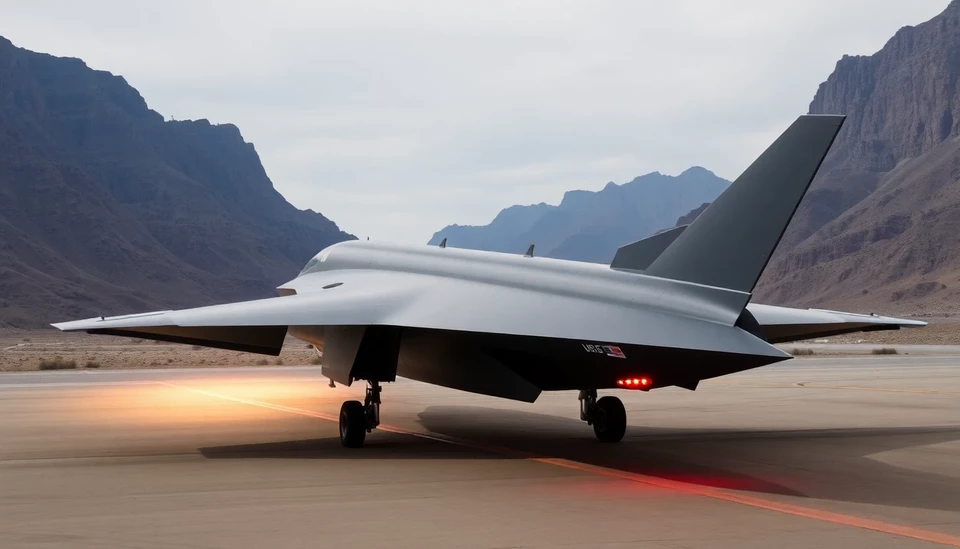
The Pentagon's latest assessment has revealed that the United States' first hypersonic weapon is still not prepared for operational deployment. A report from the Department of Defense's testing agency indicated that the system, which has faced numerous development challenges, is yet to meet the necessary criteria for combat readiness.
The hypersonic weapon program, a significant priority for U.S. defense officials eager to keep pace with advancements in military technology, has been in development for several years. The ambitious project aims to equip the U.S. military with the capability to strike targets at speeds exceeding Mach 5, or five times the speed of sound, making it challenging to detect and intercept.
Despite previous assertions about the program's progress, the assessment highlights ongoing issues that have hindered the weapon's transition to combat readiness. The report suggests that extensive testing and refinement are still required before any operational deployment can occur.
Officials have emphasized the urgency of getting hypersonic capabilities into service, especially amid rising tensions with near-peer competitors who are also advancing their own hypersonic systems. However, the continued delays have raised concerns about the U.S.'s ability to effectively respond to emerging threats on the battlefield.
The ongoing technical challenges associated with hypersonic technology involve the complexities of maintaining control over weapons traveling at such high speeds, as well as issues related to guidance and targeting. These factors contribute to the significant hurdles the program faces, according to the report.
As defense spending continues to rise, scrutiny over the effectiveness and viability of top priority weapons systems has increased. Lawmakers are keen to ensure that investments are translating into tangible combat-ready capabilities. The findings from the testing agency's report cast doubt on the immediate efficacy of the hypersonic weapon system, prompting calls for a reassessment of its development roadmap.
Looking ahead, U.S. military leaders are expected to push for accelerated testing timelines, seeking to overcome the technological barriers to ensure that the U.S. remains at the forefront of hypersonic warfare capabilities. The urgency of achieving these advancements cannot be overstated, given the rapidly evolving landscape of global military power.
In light of these developments, discussions are set to take place regarding the future direction and funding allocations for hypersonic weapons programs. It remains clear that while the potential of hypersonic technologies is vast, the current state of readiness poses a significant challenge that needs to be addressed as the U.S. navigates its defense posture in a complex international environment.
#HypersonicWeapons #Pentagon #DefenseNews #MilitaryTechnology #CombatReadiness #USArmy #NationalSecurity
Author: John Harris




